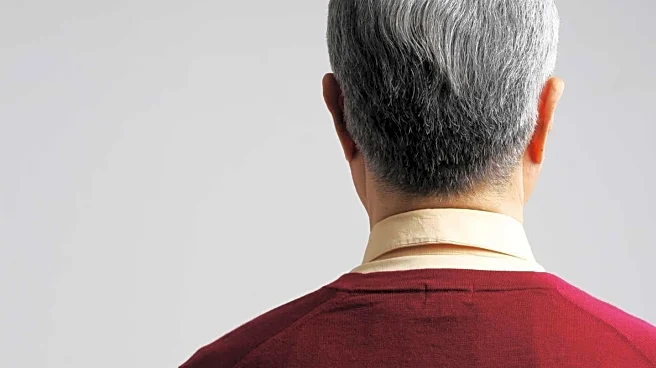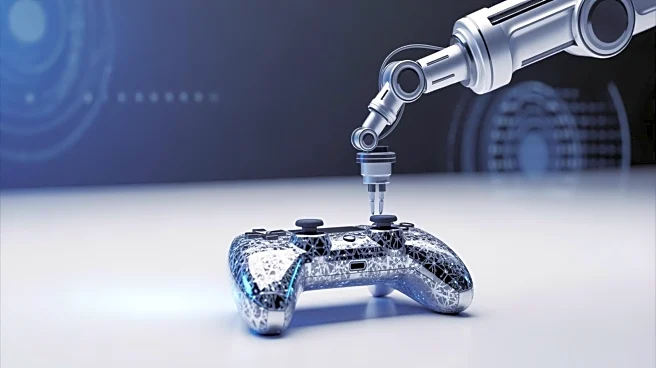What's Happening?
Researchers from the University of Tokyo have uncovered a potential link between gray hair and cancer defense mechanisms. The study, conducted on mice, suggests that gray hair may indicate a biological
process where the body eliminates DNA-damaged cells that could potentially lead to cancer. When stem cells responsible for hair pigment are damaged, they mature and exit, leaving gray hair as evidence of this cellular cleanup. This process is seen as a trade-off, where the body opts to eliminate potentially dangerous cells rather than allowing them to persist and possibly develop into cancer. The study also found that carcinogens like UV radiation can disrupt this protective mechanism, allowing damaged cells to survive and potentially form melanoma.
Why It's Important?
This discovery could have significant implications for understanding the body's natural defenses against cancer. The research suggests that gray hair might not just be a sign of aging but also an indicator of the body's ability to manage and eliminate damaged cells. This could lead to new insights into cancer prevention strategies, particularly in understanding how environmental factors like UV radiation can influence these natural defense mechanisms. The findings also raise questions about the potential risks associated with anti-aging treatments that aim to reverse gray hair, as they might interfere with the body's natural protective processes.
What's Next?
Further research is needed to explore the applicability of these findings to humans, as the study primarily involved mice. Scientists are interested in examining whether similar mechanisms occur in human tissues and how they might be leveraged for cancer prevention. Additionally, there is a need to investigate the long-term effects of anti-aging treatments on the body's natural defense systems. Understanding the balance between cellular elimination and preservation could lead to new approaches in cancer prevention and treatment.
Beyond the Headlines
The study highlights a complex relationship between aging and cancer, suggesting that visible signs of aging like gray hair might reflect underlying protective processes. This challenges the traditional view of aging as merely a decline in biological function and opens up new avenues for research into how aging processes can be harnessed for health benefits. The findings also underscore the importance of considering environmental and genetic factors in cancer prevention strategies.











